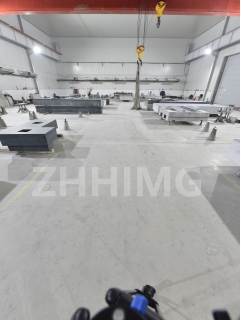The granite ruler is a precision tool used in a wide variety of fields including engineering, construction and carpentry. Its unique properties make it an indispensable tool for tasks that require high precision and durability. This article explores the use cases and analysis of the granite ruler, focusing on its benefits and applications.
One of the main uses of granite rulers is in the manufacturing and machining industries. These rulers are often used to measure and mark materials due to their excellent stability and wear resistance. Unlike metal rulers, granite rulers do not expand or contract with temperature changes, ensuring consistent measurements. This feature is crucial in environments where precision is critical, such as when producing complex parts.
In the field of architecture, granite rulers are reliable tools for drawing detailed plans and blueprints. Architects use these rulers to ensure that their designs are accurate and in proportion. The smooth surface of granite is easy to mark with a pencil or other writing instrument, making it ideal for drawing. In addition, the weight of granite provides stability, preventing the ruler from shifting during use.
Woodworkers can also benefit from a granite ruler, especially when creating fine furniture or intricate designs. The flat surface of the ruler allows for precise alignment and measurement, which is essential for achieving clean cuts and joints. Additionally, the durability of granite means that the ruler will maintain its accuracy over time, making it a worthwhile investment for any serious woodworker.
In conclusion, granite rulers are versatile tools that can be used in a variety of industries. Their stability, durability, and precision make them ideal for tasks that require precision. As technology continues to advance, the use of granite rulers is likely to expand, further solidifying their status as an essential tool in precision measurement and design.
Post time: Dec-10-2024

